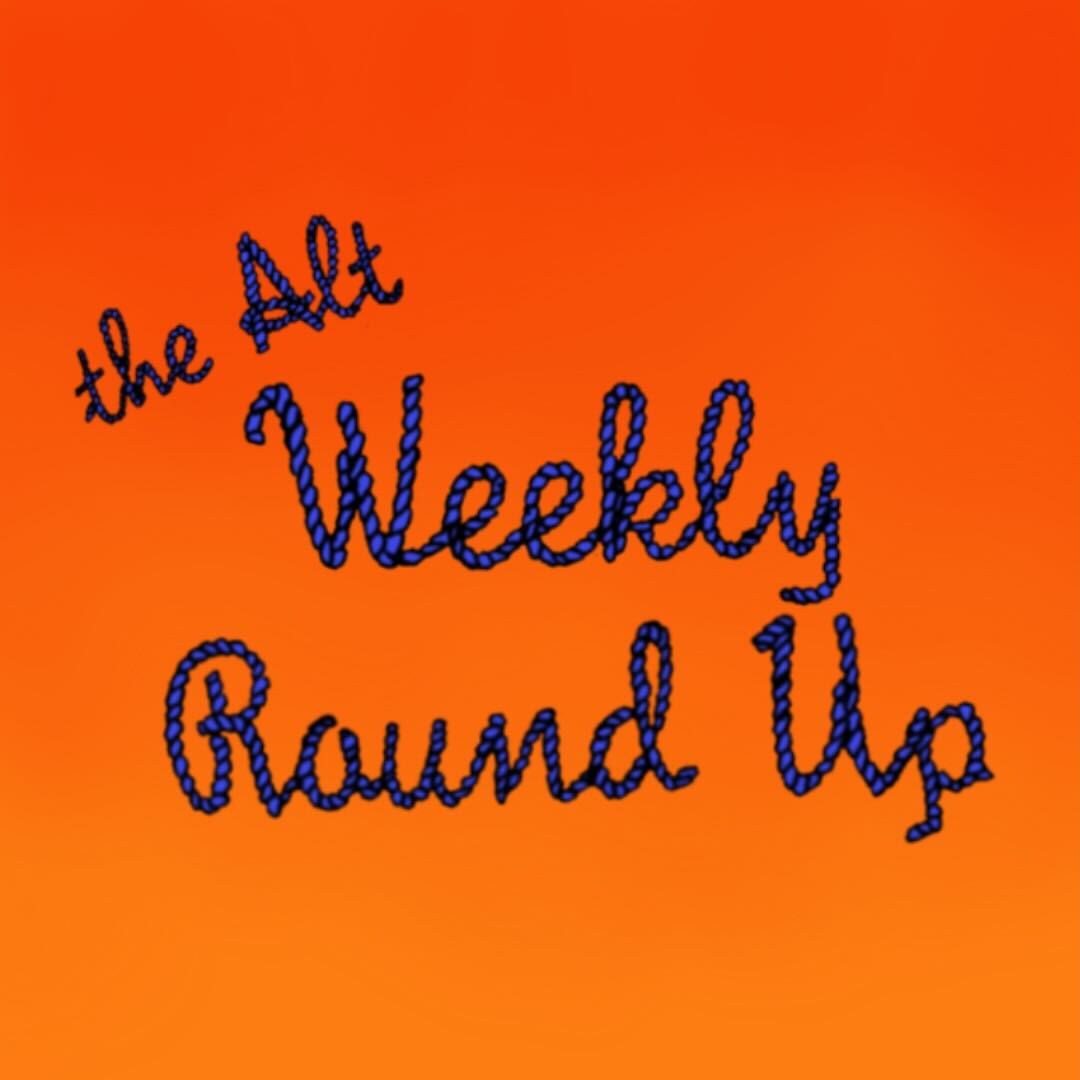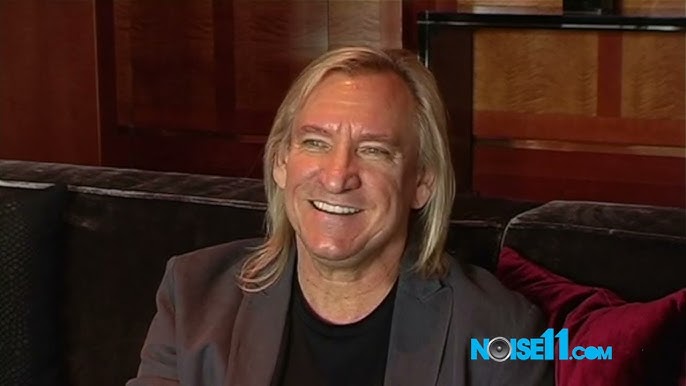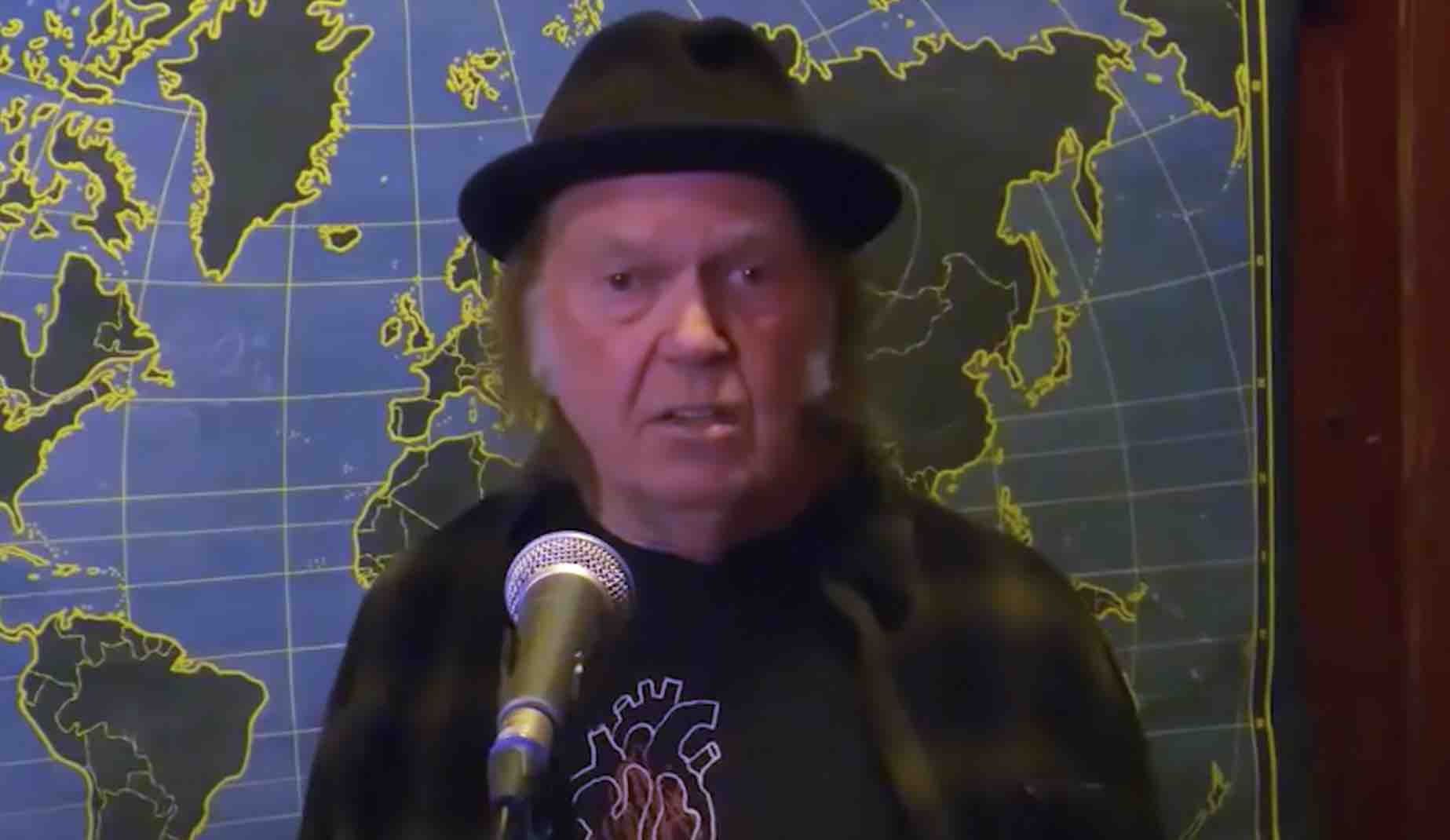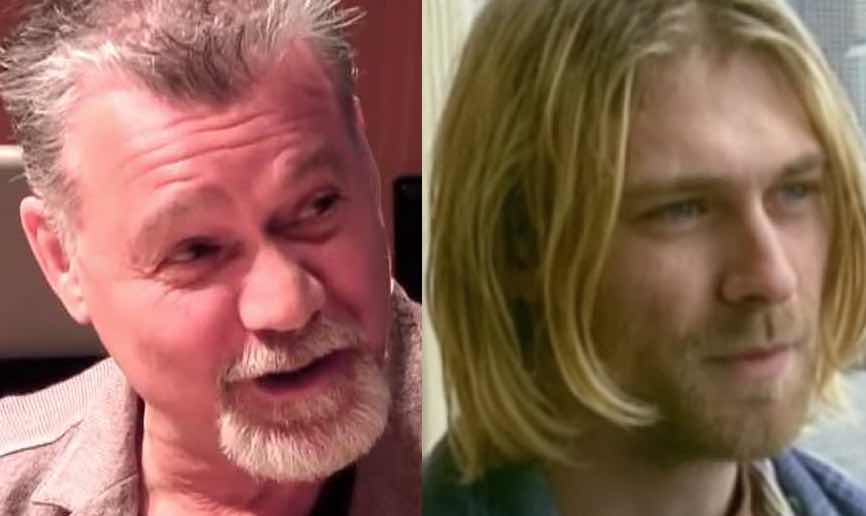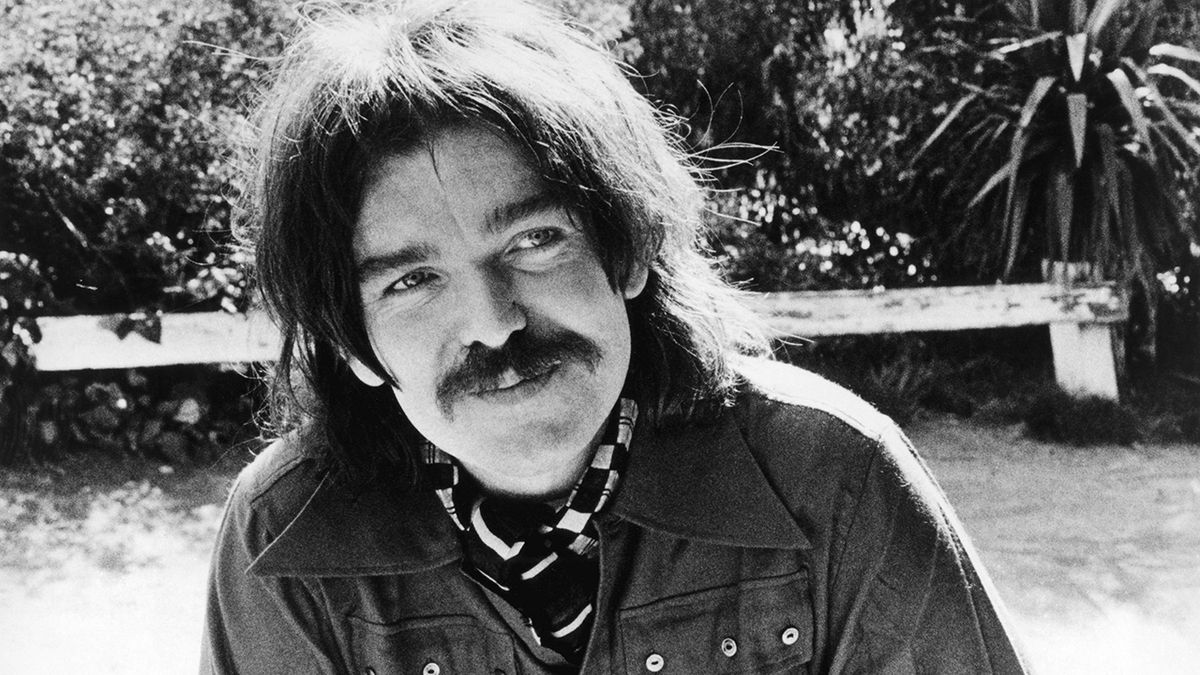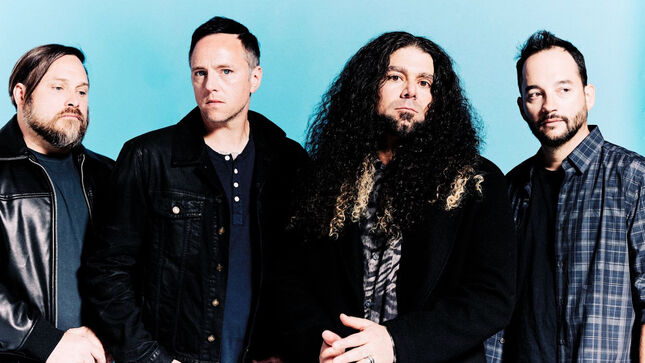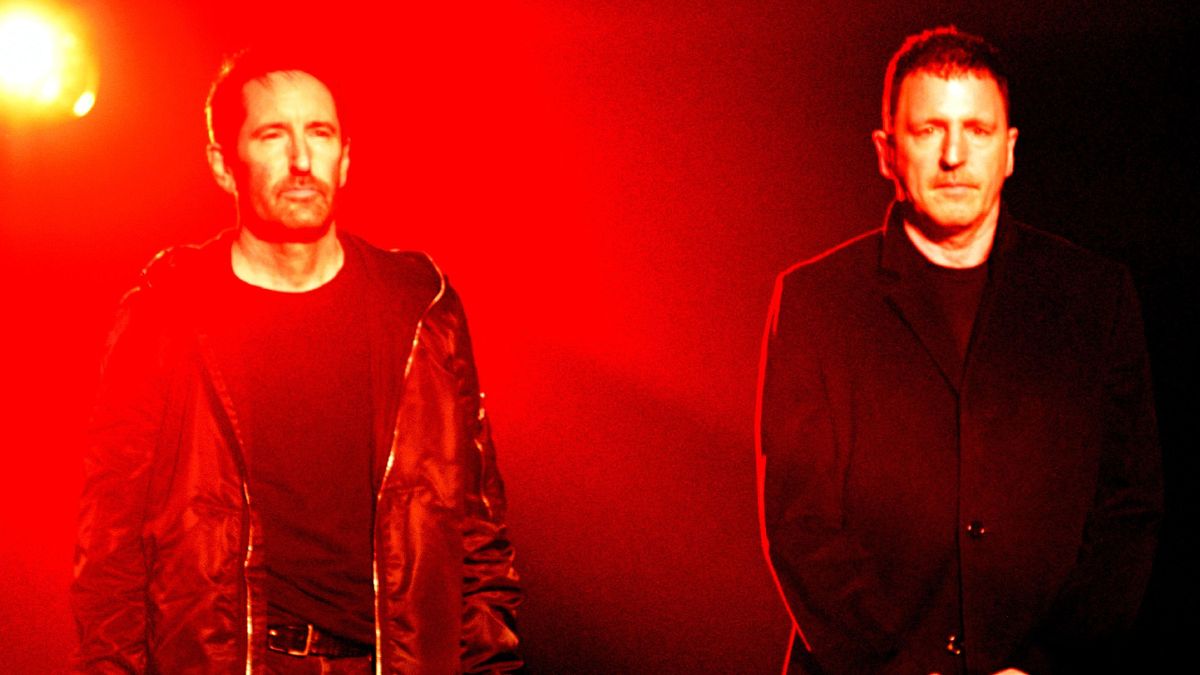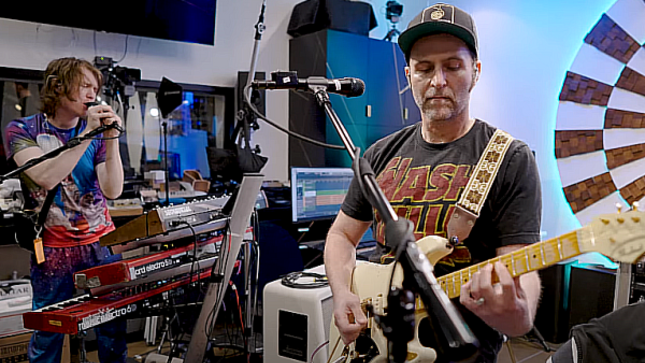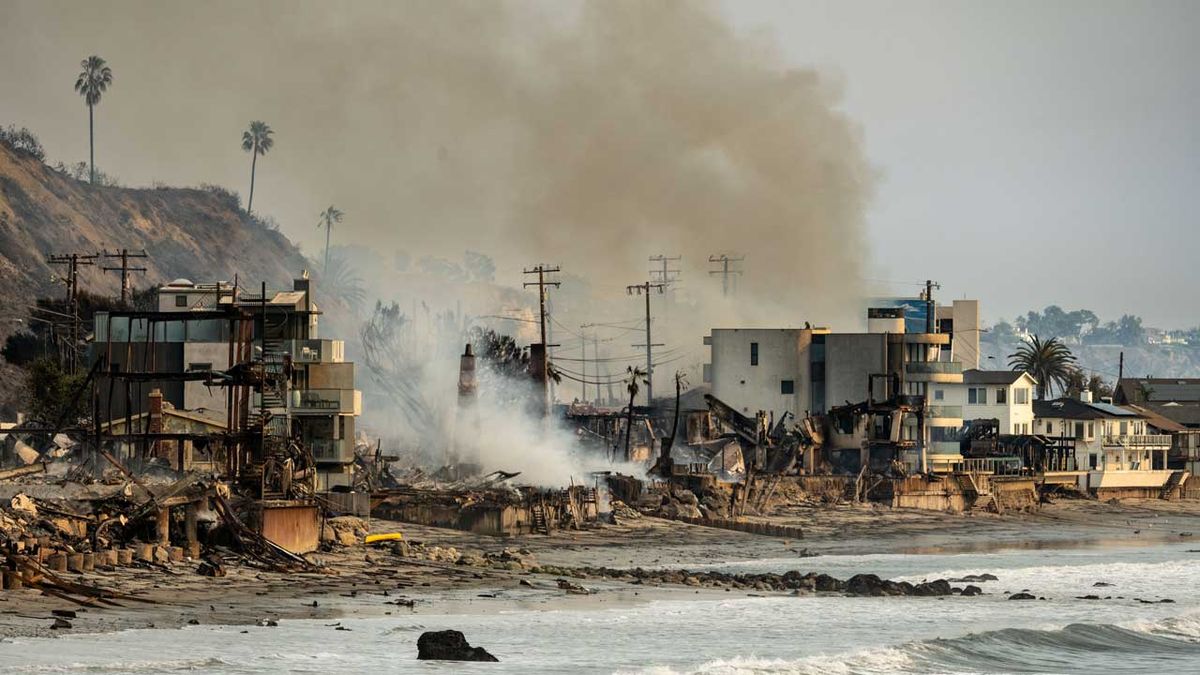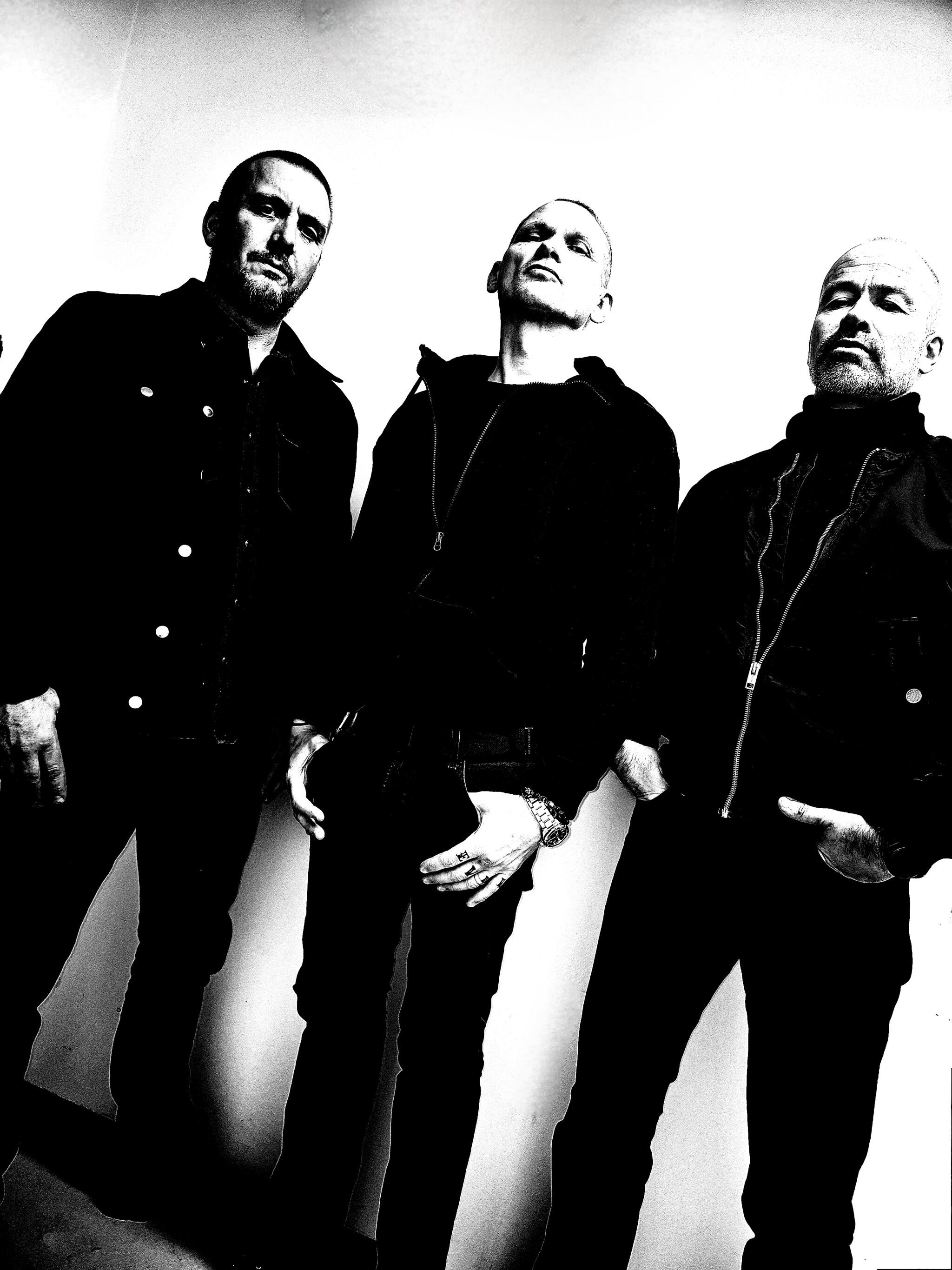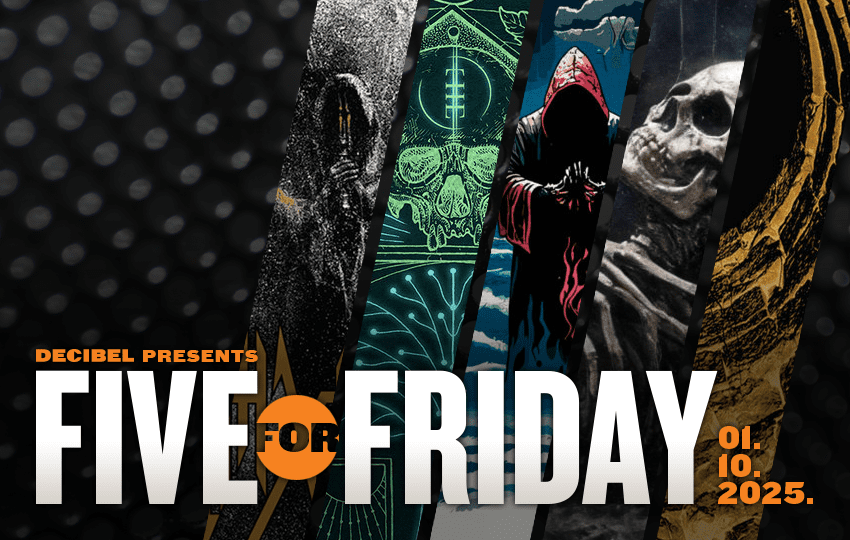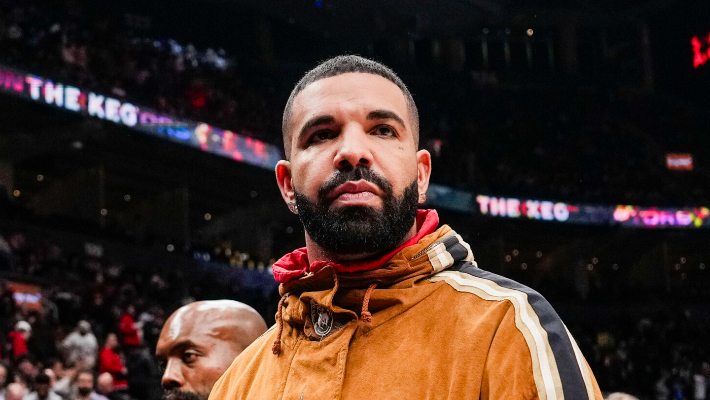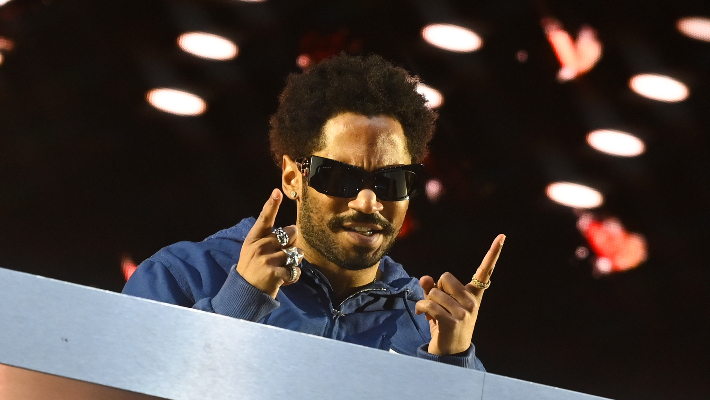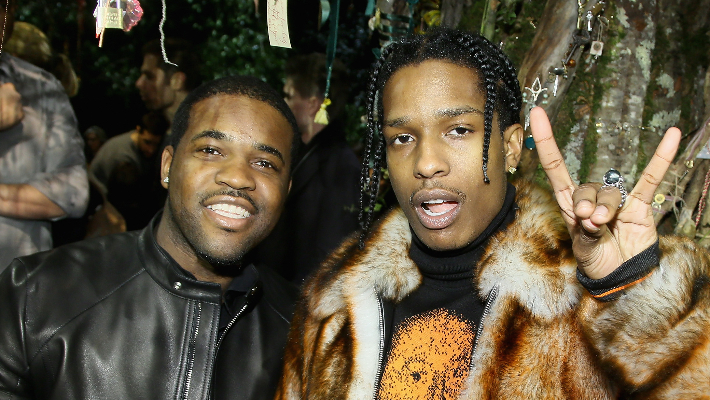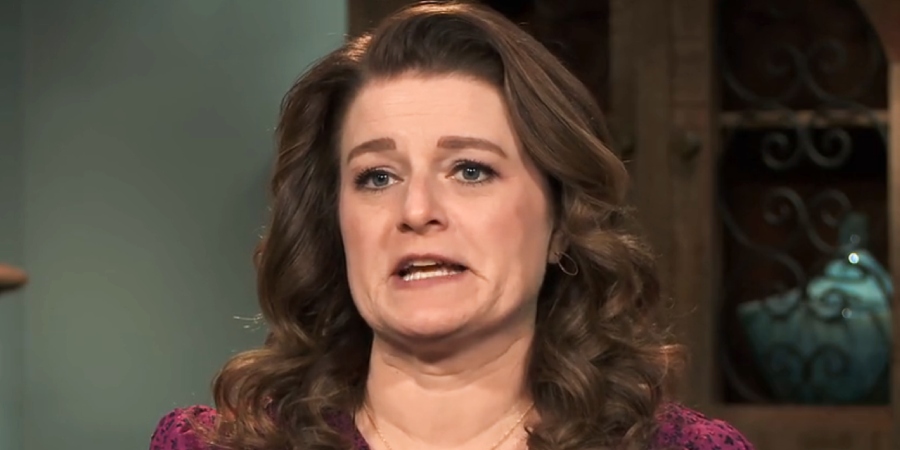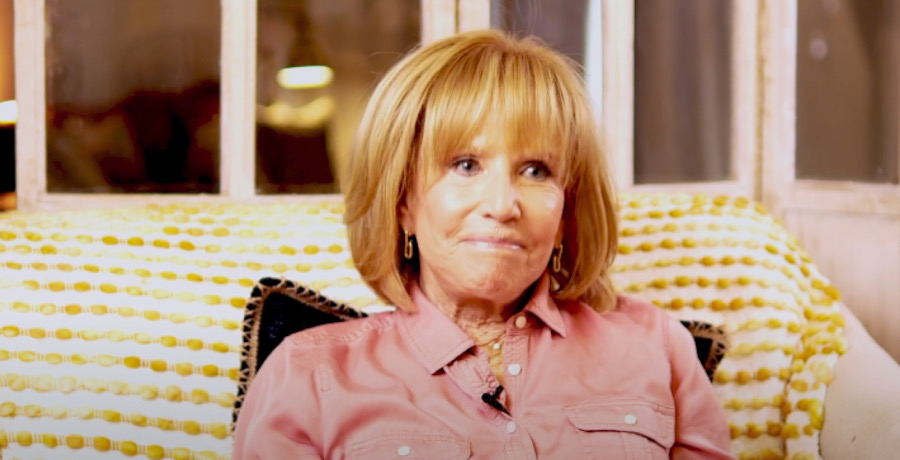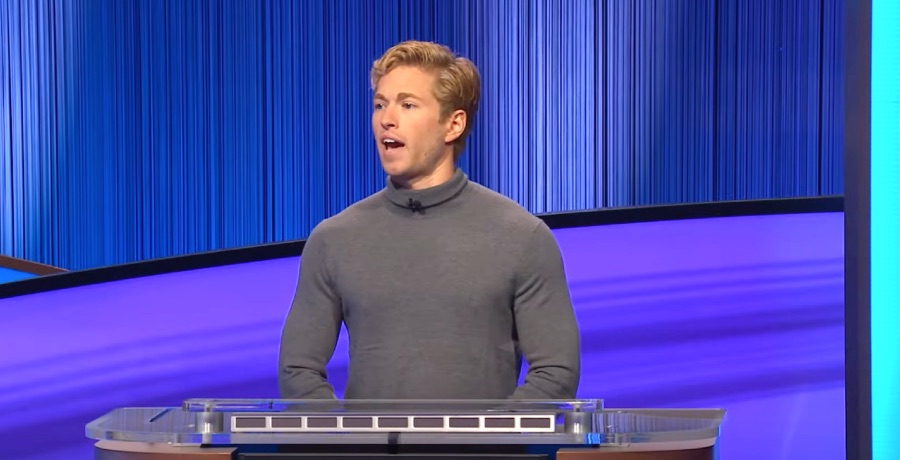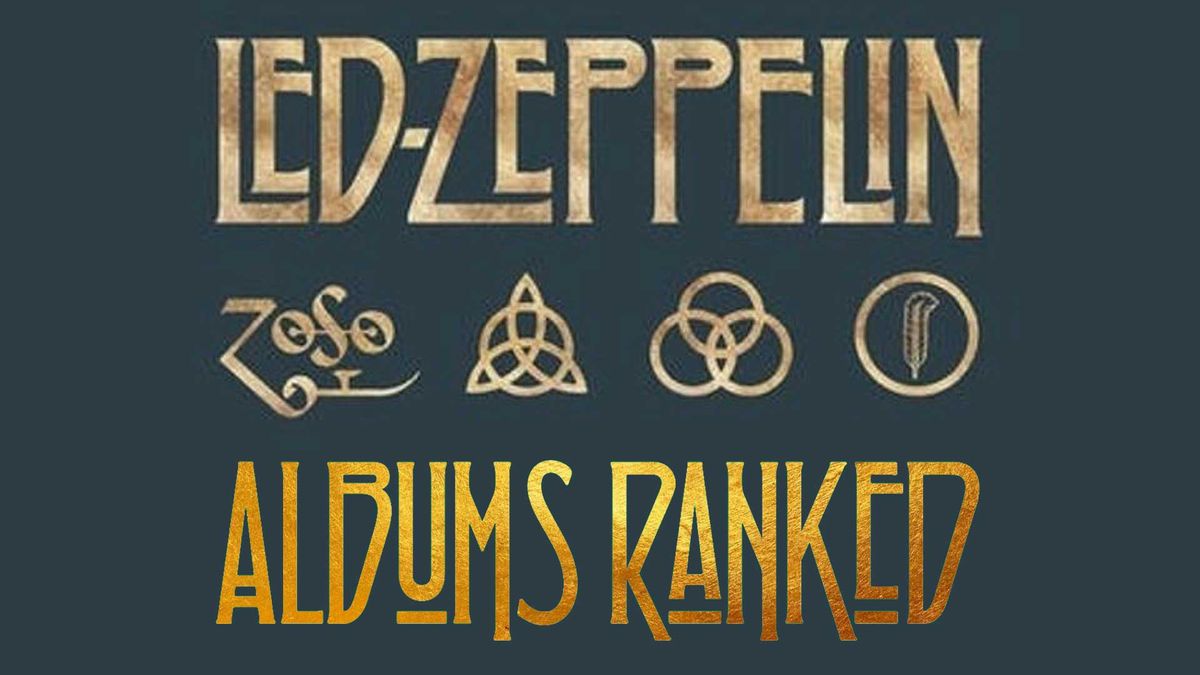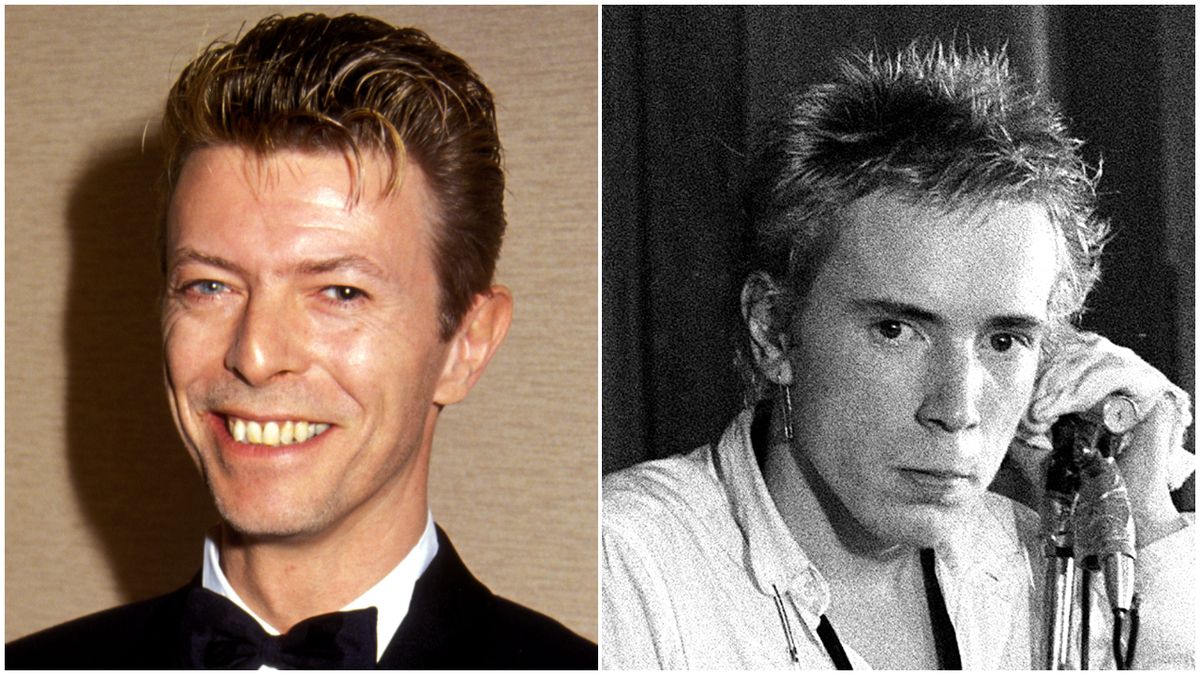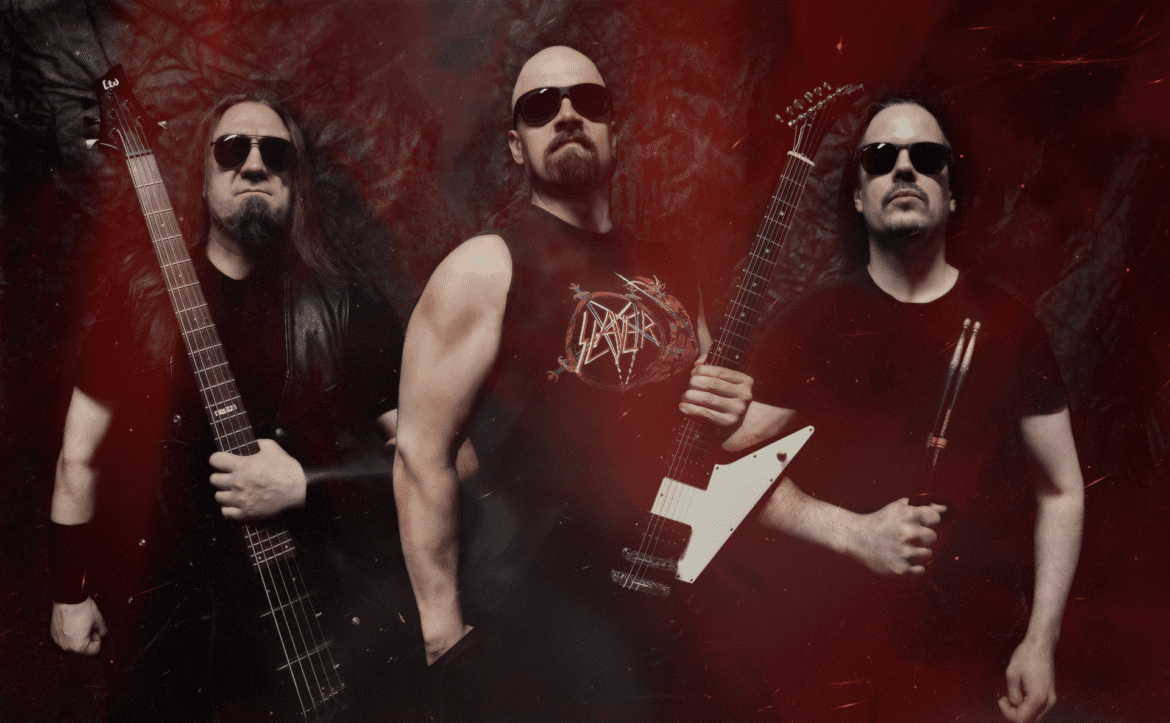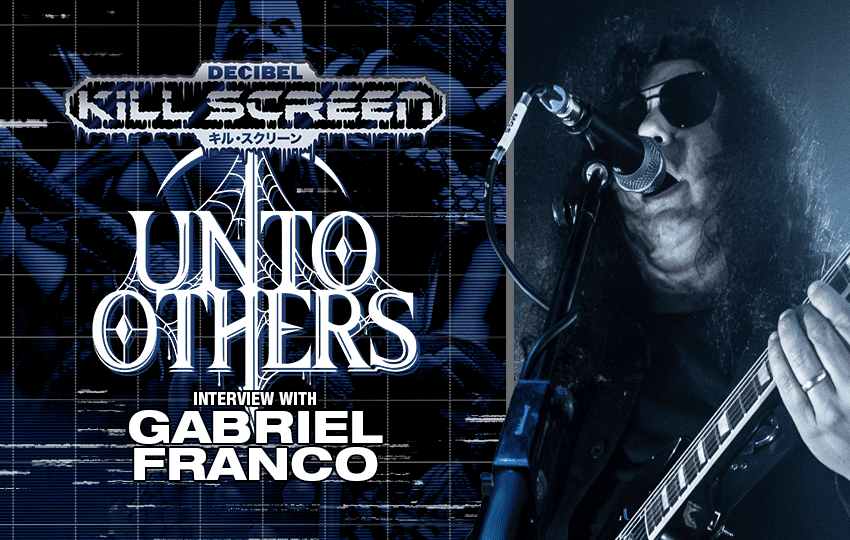Want to know where to start with Led Zeppelin albums? Already finished but interested in seeing how they stack up? You’ve come to the right place.
Compiled by Classic Rock‘s writers and ranked by the members of the Classic Rock Album Of The Week Club, our guide sets out to be the most trustworthy and detailed album-by-album guide to the best Led Zeppelin albums on the internet.
Jimmy Page, Robert Plant, John Paul Jones and John Bonham formed Led Zeppelin in 1968, taking their name from a prediction from Keith Moon that their band was almost certain to go down like a ‘lead balloon’. Their manager Peter Grant’s lack of confidence in the record buying public’s pronunciation skills, allied to an innate instinct to think big, translated The Loon’s withering sarcasm into ‘Led Zeppelin’. And before you could say ‘swiftly signed to Atlantic, relentlessly toured’, they were the World’s Biggest Band that, for some reason, nobody you knew had ever seen on television.
Inexplicable anonymity aside, Zeppelin’s vastness was preposterous, and as their fame ballooned, their artistic vision expanded to match. Ever more epic live shows were marked by extensive improvisations by four virtuosi whose inspired ensemble interplay seemed almost supernatural in origin. Audiences broke records, albums camped out at the top of charts and during their 12-year existence, Led Zeppelin casually conquered Earth.
You’ve clearly got all of the Led Zeppelin albums already, so here’s the order in which they appear if you rank them from least-best to most-best.
Celebration Day (2012)
Well done, everybody. Zeppelin’s Ahmet Ertegun-honouring O2 Arena reunion show was a triumph, final proof that, if necessary, Zeppelin could still do Zeppelin. Jason Bonham was an admirable substitute for his late father. Everyone had a terrific time, and the Celebration Day double CD (and DVD, and triple vinyl) provides the ultimate souvenir of the occasion for all that attended. Were they as good as they ever were? No, they were not. Obviously.
The O2 gig was a triumph, the recording of it is a little less forgiving.
On Good Times, Bad Times, the appropriate opener, Plant prudently takes his voice down a register – now those 1969 days are gone, he can’t quite scrape the raucous heights he used to vocally, certainly not over the long haul. Page’s guitar is less susceptible to time’s fraying effects, however, and on Black Dog he can, with a few deft, manual swishes, still tear down the roof with those crashing riffs. And on In My Time Of Dying, one of the highlights of Physical Graffiti, he squeezes and slides out the black stuff with the same moaning, erotically supercharged, heavy menace of the original.
His playing isn’t exactly exquisite, more of a tremulous rumble, inexact in detail, slipping and sliding. So, when it comes to Dazed And Confused, the mid-section works well in the initial stage of elevation and suspension, hanging in the ether like a grainy, analogue, linear image of a UFO. But that classic moment when he snaps out of the reverie with a thunderbolt of reverb feels rather less sharp and adeptly handled than on the version on The Song Remains The Same, or the bootleg takes of the track. It’s as if the old reflexes have temporarily deserted him.
Versions of Ramble On and Stairway To Heaven don’t quite work either, relying as they do on studio-created contrast between their bucolic acoustic and broadside electric elements. Here, rendered exclusively as electric numbers, they feel a little black and bleary. But maybe it was ever thus. John Paul Jones is given his due moments in the spotlight on keyboards, underpinning the breakneck boogie of Trampled Underfoot, driving Misty Mountain Hop and providing those submarine undulations that course through No Quarter, and he holds up as expected – a reminder that the Led Zeppelin canon could maybe have done with a few more such JPJ contributions.
Kashmir sees Jason gamely retrace his father’s tree-trunk drumstick rhythms. As for Plant, he still more gamely attempts to add a little muezzin, Natasha Atlas-style topspin to his vocal performance. The listener is invited to admire or cringe, according to taste. The gig’s head of steam is duly built up in its final furlong, with Whole Lotta Love and, finally, Rock And Roll, that most un-Zeppelin-like yet popular indulgence of nostalgia, in which the mood is one of palpable relief.
When it comes to reunions you can never say never, but this felt like absolutely the last hurrah for arguably the greatest rock live act of them all.
Coda (1982)
It sounds a lot more exciting than it is. Eight previously unreleased recordings from across the Zeppelin career brushed off for release, two years after John Bonham’s tragically early death, to confound bootleggers and honour Bonzo’s memory. The final instalment in an auspicious body of work.
Looks great until you realise the first two tracks are live cuts with the audience erased and four of the others are outtakes from In Through The Out Door. Of those, Wearing & Tearing proves the band still had it in them: a super-fast, high-octane, stripped- down workout, it could be regarded as a rollicking riposte to the punk movement. …Out Door would’ve benefited greatly from its inclusion.
The Complete BBC Sessions (1997)
Indeed, it’s a long way down the list for a bumper bundle of raw, unexpurgated Led Zeppelin in their prime, and yes, there are electrifying performances, both live and in session here, but what’s lacking is the essential punch Page’s production brings to proceedings across the superior studio works in between here and their best. On the up side, there are unreleased songs, but no one need hear their version of Eddie Cochran’s Something Else. A recording that couldn’t sound clumsier if they were wearing Victorian diving suits and boxing gloves.
How The West Was Won (2003)
Led Zeppelin in their element, captured live at the peak of their pomp. Well, almost. Though both performances combined here (from June 25 and 27, 1972 at the L.A. Forum and Long Beach Arena respectively) were extensively bootlegged, they’d never been heard quite like this.
Not only had soundboard tapes never leaked, in exhaustive post-production, Page combined elements from both shows to construct ultimate ‘live’ takes of some songs. A cheat? By comparison to Thin Lizzy’s Live And Dangerous, hardly. Whatever, the band’s trademark intuitive interplay never sounded quite this inspired, so who’s complaining?
In Through The Out Door (1979)
Whichever way you look at it, when In Through The Out Door was released in August 1979 the musical climate was plain wrong. In the big wide world outside the closeted confines of Zep, disco, punk and new wave held sway. The advent of Spandau Ballet, Visage, Gary Numan, Duran Duran and the electronic movement that would initially be dubbed ‘futurist’ was also just around the corner.
In rock circles, Jimmy Page and Robert Plant were being superseded by a new breed of hero. Eddie Van Halen was doing stuff with a guitar that had never been seen – let alone heard – before. Meanwhile his star-jumping jousting partner David Lee Roth was taking the Golden God template created by Plant to an entirely new level.
Within Zeppelin trouble was brewing – as ever. Bonham and Page were both dealing with substance abuse issues while Plant, having dealt with serious injury incurred in a car accident, was still grieving having lost his son. Business issues were a problem and living as tax exiles isn’t helping. Two songs have no compositional input from Page whatsoever.
And therein lies the rub: In Through The Out Door is a Plant/Jones album rather than a Page/Plant album. It has little of the dark guitar wizardry of other Zep releases. Page just doesn’t sound interested and his contributions are half-hearted. Despite his production credit he’s virtually a nonentity. There’s a preponderance of keyboards, and Page doesn’t even bother with rhythm playing on most of the tracks.
The album begins well enough with In The Evening, and the atmosphere of a steaming Moroccan souk is accurately evoked – typically Zep (or should we say typically Plant). The track has a fine hook – ‘Oh – I need your love’ (DA-DA!) – but overall it’s too sloppy and scatological. There’s an unusual moment about halfway through when everything collapses. Just as you feel as if the song could go on forever it simply… fades… away…
South Bound Saurez has a honky-tonk feel, and Page, again, dashes off a few notes and leaves the building. Bonham is the same: his familiar steamhammer style is superseded by a sly shuffle. Plant’s vocals are authoritative but somewhat gruffer and more rough-edged than you might expect. In Through The Out Door had the first real signs that he was losing his distinctive high-pitched wail and moving toward the more measured vocal mannerisms evident on his ’82 solo album Pictures At Eleven.
The Caribbean feel of Fool In The Rain (the US single) is initially reminiscent of D’yer Mak’er played backwards. For a moment guitar and keyboards link up to follow the stumbling-but-progressive riff in tandem, and the results are… charming. But should we be using the word ‘charming’ in relation to Zeppelin? Probably not. There’s a high-pitched whistle after about three minutes, and a salsa beat kicks in. Plant’s refrain ‘Light of the love that I’ve found’ lodges in your brain but, again, some tightening up would have been in order.
Hot Dog is just throwaway. Page takes the piss here. His playing is careless and scrappy, and he misses notes without a care in the world. Plant comes on like Shakin’ Stevens, and Jones adds a plinky piano. The song was written about Texan groupie Audrey Hamilton, which explains its down-home, cowboy-booted ambience.
Carouselambra is one long jam. Epic and keyboard-fuelled, again it’s too loosely structured. You wait and wait for it to develop into something massive, brooding and …Graffiti-like, but it never happens. Just when you think the song is about to reach a climax it reverts to being laid back and genteel.
By contrast, All My Love is plain beautiful. With Page notably absent from the songwriting credits, Plant offers a paean to his deceased son in a song steeped in fond remembrance. But you can’t help but giggle at the way Bonzo tries to heavy it up about halfway through. Page, again, has a noodling role, but this time it’s somehow to the benefit of the track, not its detriment. Plant is on top form as he whispers the emotion-charged words: ‘All of my love… to you now.’
I’m Gonna Crawl, a lavish pseudo-blues number, closes the album, and Page wakes up belatedly with some guitar playing that stabs and draws blood.
The title In Through The Out Door is reminiscent of more innocent times, when one would wait for the start of the main feature at the local cinema and then sneak in through the exit to see the film for free. Well, it’s either about that or anal sex – depends on your mindset, I guess. Either way, looking at what happened to Zep after the release of In Through The Out Door, the exit theme is entirely appropriate.
The Song Remains The Same (1976)
The soundtrack to the film. It’s Madison Square Garden 1973 and a certain amount of bloat has occurred since the 1972 tour captured on How The West Was Won. For sure, the version of Rock ‘N’ Roll that opens proceedings is nothing short of magnificent – a herd of stampeding Status Quos would be hard pressed to dent its hide – but Dazed And Confused goes on for 27 minutes.
In the film, there’s a load of mad stuff with swords and a rampaging Peter Grant to take your mind off of how much of your life is slipping away as Page assaults his Les Paul with a violin bow, but without benefit of visuals, it tends to drag. Moby Dick? Ditto.
Presence (1976)
Recorded in the immediate wake of Plant suffering a serious car accident while holidaying in Rhodes, Presence is an album captured as on-the-hoof as anything can be that involves a vocalist in a wheelchair. After just 18 days in Munich’s Musikland, Zeppelin emerged with an album that, while a predictably massive commercial success, is hardly their best. Nor is it their worst.
Having used up their backlog of material on Physical Graffiti, with the exception of the riff to the unreleased Walter’s Walk, which Page now reused to create Hots On For Nowhere, Presence was built from the ground up. One of the first to take shape was Achilles Last Stand, the lengthy opus that would eventually open the next album.
Built on the sort of strident, all-hands-on-deck guitar figure that Iron Maiden would later build a whole career out of – Page attempting to create something, he said, that reflected “the façade of a gothic building with layers of tracery and statues” – Achilles Last Stand also featured the first of a string of intensely autobiographical lyrics Plant now felt compelled to write.
Originally nicknamed The Wheelchair Song, the subject in this instance was the enforced tax exile which had forced the band to become what Page later described as “technological gypsies”. Page’s intuitive, piercing solo on Achilles Last Stand is on a par with its more celebrated twin on Stairway To Heaven. Tea For One’s languid re-channelling of Since I’ve Been Loving You simmers with an easy grace and finds Plant metaphorically wringing his hands about the loneliness of his separation from his wife and children. (“I was just sitting in that wheelchair and getting morose,” he recalled. “It was like… is this rock’n’roll thing really anything at all?”)
On For Your Life herailed against the LA lifestyle he’d once eulogised (‘cocaine’ in the ‘city of the damned’). But if it’s bleak, it’s sometimes thrillingly so. The apocalyptic self-pity of Nobody’s Fault But Mine is buried in a nagging earworm of a riff. Originally written by Blind Willie Johnson in 1928, Johnson’s ancient worries about his blindness preventing him from reading the bible, became a metaphor for Zep’s own fall from grace, Plant adapting the lyrics to include some revealingly stuttering lines about having ‘a monkey on my back’ and blowing some suitably squalling harmonica while Bonham adds his most mercilessly cannon-like drum pummelling since When The Levee Breaks.
Presence isn’t one of the best Led Zeppelin albums, but it stands up to close inspection and repeated listening when you’ve exhausted those earlier classics.
Led Zeppelin III (1970)
Ah, the so-called “acoustic album”. Earlier in the year, John Bonham had warned the press that the next album would be more acoustic. In fact, six of the 10 tracks on the third album were built around the sweet ’n’ bitter strains of Page’s acoustic Harmony guitar as the band touched on everything from traditional bluegrass (Gallows Pole) to country blues (Hats Off To (Roy) Harper), to a folk song so upbeat you could square-dance to it (Bron-Y-Aur Stomp).
To emphasise the rustic nature of the album, Zeppelin even changed their appearance, growing facial hair to Hobbit-like proportions and wearing clothes that made them look more like hippie farmers than sex gods.
Some critics accused the band of jumping on the Crosby, Stills, Nash & Young acoustic-rock bandwagon. Page called them “pathetic”, noting that acoustic guitars were all over the first two albums and arguing that they were at the core of everything the band did. The reviews so incensed the guitarist that he refused to grant any press interviews for the next 18 months after the album’s release.
The truth is, the acoustic roots of Led Zeppelin III shouldn’t have been a surprise to anyone paying attention. Throughout the 60s, as Page toiled as London’s top session guitarist, he absorbed every lick the Chicago blues boom had to offer, took copious notes on contemporary folk-guitar virtuosos like John Fahey and Bert Jansch, and even purchased a sitar years before world music caught the attention of Beatle George Harrison. Black Mountain Side featured an Indian tabla musician. Babe, I’m Gonna Leave You married a Joan Baez song to heavy metal power chords and a flamenco guitar solo. This was what Page excelled at.
Robert Plant also grew as a songwriter. No longer forced to simply beat his chest and crow about the size of his knob, he wrote his first truly great lyric, for That’s The Way. Amid Page’s cascading acoustic guitars, dulcimer and weeping pedal steel, Plant weaves a mournful southern Gothic tale on a par with Bobbie Gentry’s 1967 hit Ode To Billie Joe. With its haunting ambiguity, the song could be about class, racism, homosexuality or even ecological disaster. It’s sophisticated, secretive and flat-out beautiful. And a far cry from ‘I’m gonna give you every inch of my love’.
Gallows Pole was a rollicking reinvention of a centuries-old English folk song called The Maid Freed From The Gallows, a striking contemporary version of which Page remembered fondly from the B-side of a 1965 single by Dorris Henderson that she’d dubbed Hangman, and which had stuck in his mind.
It’s not all about rustic, bucolic beauty, though. There’s Since I’ve Been Loving You, a standard three-chord, 12-bar minor blues that actually has way more than three chords and who knows how many bars, because the damn thing never seems to repeat. Or what about Celebration Day, a song that sounds like a berserk Slinky due to the fact that John Paul Jones is playing his bass with a guitar slide? Hats Off To (Roy) Harper was a piece of spontaneous combustion initiated by Page one night, inspired by some frenzied slide-guitar channelling of Bukka White’s Shake ’Em On Down (credited on the sleeve to ‘Charles Obscure’). Tucked at the end, at least it’s easy to ignore.
And then, of course, there’s Immigrant Song – one of the heaviest and most exciting tracks in the band’s entire catalogue. On the surface it seems pretty straightforward, until you realise it’s a song about Vikings, the main vocal riff sounds like Bali Ha’i from the Broadway musical South Pacific, and that the rhythm guitar borrows from Link Wray’s rockabilly classic Rumble. Plant’s vocals soar toward Valhalla as an invocation of the hammer of the old Norse gods. One show in Reykjavik, and he comes back a Viking. Fronting Zeppelin will do that to a man.
Led Zeppelin I (1969)
Savage young Zeppelin captured at their hungriest.
Recorded over nine days, a total of just 30 hours in the studio, Led Zeppelin’s debut album was fully recorded and mixed at a total cost, including artwork, of £1,782. While the punk velocity of Communication Breakdown blazes and Good Times Bad Times grooves, there’s a dark, brooding ferocity brought to Willie Dixon blues staples You Shook Me and I Can’t Quit You Babe that transcends mere technique. Dazed And Confused provides Page with his broadest canvas for live extemporization, while How Many More Times defines the Zeppelin template of über rock pomp and power.
Opening with the rhythmic battering-ram that is Good Times Bad Times, the immediate impression you got from hearing Led Zeppelin for the first time was one of pure shocking power, its opening salvo summing up everything the name Led Zeppelin would quickly come to represent. A pop song credited to Page, Jones and Bonham built on a zinging, catchy chorus, explosive drums and – at exactly the right moment – a flurry of spitting guitar notes, it pointed the way forward for rock music in the 70s, towards heavy-duty riffage and mallet-swinging drums.
Its counterpart, meanwhile, on side two, another Page-Jones-Bonham composition titled Communication Breakdown, with its spiky, downstroke guitar riff and grafting of the ostinato from Eddie Cochran’s Nervous Breakdown, was proto-punk; the sort of speeded up, one-chord gunshot the Ramones would turn into a career a decade later. (Black Sabbath, meanwhile, would bolt it’s powerchord chugging to the breakdown in Dazed And Confused to come up with Paranoid.) While Your Time Is Gonna Come, the third of the three originals on the album, is something else again: a wonderfully understated pop song built, in the fashion of the time, around a Bach fugue, played by Jones, then swept into a completely different musical zone by Page’s pedal steel guitar – an instrument he had literally picked up in the studio that day and begun to play.
The rest of the album, however, though equally impressive in the scope of its sonic architecture, was quite shamelessly unoriginal in its material, as exemplified by its final track, How Many More Times – also credited to Page, Jones and Bonham but a composition clearly based on several older tunes, primarily How Many More Years by Howlin’ Wolf, a number which Plant and Bonham had performed in Band of Joy, inserting snatches of Albert King’s The Hunter.
The ‘new’ Zeppelin version opened with a bass riff snatched from the Yardbirds’ earlier reworking of Smokestack Lightning, plus more than a passing nod to a mid-60s version of the same tune by Gary Farr and the T-Bones also re-titled How Many More Times [and produced by original Yardbirds manager Giorgio Gomelsky]. There was even a lick or two appropriated from Jimmy Rodgers’ Kisses Sweeter Than Wine as well as – bizarrely – a slowed-to-a-crawl take on Beck’s solo from the Yardbirds’ 1965 pre- Page hit Shapes Of Things.
All of which they might have gotten away with if so much else on the album didn’t also take its cue from the work of others, largely without acknowledgement. Babe I’m Gonna Leave You, was Page’s reworking of a traditional ballad first heard outside contemporary folk circles on a Joan Baez album (and later credited to American folk singer Anne Bredon).
Similarly, Black Mountain Side, an acoustic guitar instrumental in the exotic, modal style of Page’s earlier Yardbirds-era showcase, White Summer, down to the percussive accompaniment of the Indian tablas by Viram Jasani. Where White Summer had been Page’s ‘interpretation’ of Davy Graham’s esoteric version of She Moved Through the Fair [or more accurately, Graham’s reinterpretation of the song as She Moved Through The Bizarre / Blue Ragga], with its unique DADGAD tuning, Black Mountain Side was in fact Page’s instrumental version of fellow Graham disciple Bert Jansch’s 1966 recording of another traditional Gaelic folk tune titled Black Water Side.
Even the acknowledged covers on the Zeppelin album drew accusations of plagiarism. You Shook Me was considered a rip-off of the version recently released on the Beck Group’s Truth. Jimmy has always claimed it was simply “a coincidence” but Zep manager Peter Grant – then also working for Beck – had given Page an advance copy of Beck’s album weeks before its release, and John Paul Jones had actually played Hammond organ on the Truth version.
In fairness, listening to both tracks now, four decades on, what is most striking is the lack of similarity between the two tracks. The Beck version is short and gimmicky, while the Zeppelin version is almost three times as long, portentous, with swampy bottleneck guitar more redolent of the original’s swooning rhythms, while Page’s guitar solo is fluid, haunting and mysterious, not bitty or showy like Beck’s.
The most blatant steal on the first Zeppelin album, though, occurred on the track ironically destined to become one of the most closely associated with Jimmy Page: Dazed And Confused. Although credited solely to Page, the original version of the song had been written by a 28-year-old singer-songwriter named Jake Holmes.
Although acoustic, it included all the signature sounds from the Zeppelin version including the walking bass line, the eerie atmosphere and the paranoid lyrics. Again, Zeppelin took it to a different place entirely. Holmes’ version is modest and unimpressive. Page’s skill as guitarist and arranger, however, transformed it into a psychedelic epic.
Strictly speaking, not the most original debut album, then. But as first steps go, Led Zeppelin was pretty sure footed. One of the best Led Zeppelin albums, right outta the blocks. The gauntlet had been thrown. Jimmy Page was making his mark.
Houses Of The Holy (1973)
“The whole album had a very upbeat quality to it,” said engineer Eddie Kramer. “A much brighter sound than on earlier Zeppelin albums. There was a unity of spirit and a unity of direction of sound.”
With monstrous growth in stature had come the acquisition of home studio facilities – ideal for honing and perfecting recordings. Hence the finely-tooled perfection of Page’s The Rain Song and John Paul Jones’ No Quarter. The latter is a keys-driven, imagination-capturing enigmatic grind, while the former is a smidgen short of Stairway To Heaven’s mainstream-mounting, mood-swinging magic.
The Song Remains The Same became the latest in a string of classic Zeppelin album openers. Originally called first The Overture and then The Campaign, it was only when Plant started scribbling verses for it that it ceased to be an instrumental and became his paean to the music of the world, whatever form it takes.
The Rain Song is a smouldering, otherworldly epic – and one of Plant’s favourite Zep tracks, the sing preferring it’s graceful beauty to the bombast and whimsy of fans favourites like Stairway and Ramble On. Written after George Harrison asked Page why Zep never did any ballads, the opening notes of Harrison’s Something make it into the arrangement. And if that was too esoteric for you, Over The Hills And Far Away blows the cobwebs off with a folksy-acoustic intro before bursting into a rocker worthy of IV.
Indulgences like D’yer Maker’s reggae pastiche and The Crunge’s cod-funk have given the album a bad reputation, to the extent that a deep cut like Dancing Days is one of the great overlooked Zeppelin rockers. Influenced by a trip to India, the snake-hipped riff and slouching melody were inspired by a raga Page and Plant overheard at a wedding during their stay. No Quarter was a beautifully moody showcase for Jones while The Ocean’s deliciously stuttering riff and beats were later sampled/stolen by the Beastie Boys, Eminem and Jack White. It’s not When The Levee Breaks – but what is?
Led Zeppelin II (1969)
The album where the band’s identity solidifies is also one of the best Led Zeppelin albums.
On October 22, nearly 300 days after their first album, Jimmy Page and co released Led Zeppelin II. Both heavier and more textured than their debut, it far outstripped the success of its predecessor. Their label, Atlantic, received advance orders of 400,000 copies – nearly 10 times as many as Led Zeppelin. It peaked at No.1 in both the UK and the US. The musical revolution they had started had now officially gone worldwide. “That album captured the energy of being on the road,” Page said later. “That’s what I like about it. That record and the period around it seems like a tidal wave now.
They had their feet under the table, but now they had to prove themselves. Robert Plant: “That was the album that was going to dictate whether or not we had the staying power and the capacity to stimulate. It was still blues-based, but it was a much more carnal approach to the music and quite flamboyant.”
Written on tour and recorded in a variety of far-flung locations (London, NYC, LA, Vancouver), its tapes stowed in a steamer trunk, Zep II comprises the first set of songs Page wrote with the band in mind. Whole Lotta Love wraps blues tradition in boundary-breaking innovation, its 70s-presaging primal riff retains its fundamental power and its effects-laden, free-jazz mid-section still astounds. Heartbreaker nails fabled Zep immensity and the Pan-like priapism of Plant’s Lemon Song tour de force serves to substantiate an Excess All Areas reputation.
They had the songs and they had the sound: the album marked Page’s coming-of-age as a producer. (“Jimmy was an excellent producer,” recalled engineer Eddie Kramer. “When he and I mixed Whole Lotta Love we just flayed around the console, twiddling every knob we could. We somehow managed to stretch our limitations and create an effective sound.“)
His background as a session player who had worked in a variety of studios had made Jimmy Page fascinated in experimenting with sound. A key element was the art of ‘distance-mic-ing’. This technique enhanced the sound of John Bonham’s straight-from-the-wrist drumming considerably, and also had a huge effect on Plant’s wailing vocals. “I discovered that if you moved the microphone away from the drums, the sound would have room to breathe,” Page recalled. “I kept exploring and expanding that approach.”
II is tightly wound and brilliantly structured. Ramble On teases with a dreamy opening before exploding into life. And if its Tolkien-referencing lyrics about Mordor and Gollum embarrass Plant today, he needn’t worry too much. The song is not nerdy or adolescent – it’s dipped in raunch and swaggers like The Evil One himself. Bring It On Home, it later turned out, had a loose relation to a Willie Dixon song recorded by Sonny Boy Williamson. Dixon got his credit but only the intro and outro – with the feel of a loose late night jam, all mumbled lyrics and harmonica – bear any relation to the original. It’s a bravura ending to one of the greatest rock albums ever made.
Physical Graffiti (1975)
As Led Zeppelin wrapped up their 1973 US tour, cracks had begun rippling through the band’s foundation. This was not entirely surprising. Zeppelin had released their first five albums – all platinum sellers – and toured the States nine spine-crumbling times between 1969 and 1973. They were the biggest band on the planet, but it came at a cost. Moreover, the proggy gyrations and obtuse lyricism of their fifth album, Houses Of The Holy, had confounded many fans and fuelled the scorn of petty critics all too ready to write off the band’s posturing as pseudo-cerebral cock rock.
After a brief hiatus, Zeppelin regrouped in the spring of 1974 and convened at a remote estate in Headley Grange, where they dove headlong into a verdant songwriting frenzy that would yield their enduring masterpiece – the utterly enthralling Physical Graffiti.
Clocking in at nearly an hour, the new material was so provocative, diverse and at times bludgeoningly heavy that rather than prune off a single track to fit on to one 40-minute album, they reworked unused tunes from their previous three records and released Physical Graffiti as a double album. Cocky? Absolutely, and yet as Jimmy Page – who also produced the record – would correctly point out years later, they were the only band who could successfully pull off something so grandiose.
From the sizzling labyrinthine funk of opener Custard Pie to the dizzying tempo changes of In My Time Of Dying, it was clear that along with their battering mastery of electric blues, Zeppelin had broadened their outlook considerably. Forays into elegant acoustics (Bron-Yr-Aur), California country rock (Down By The Seaside) and roof-busting Dixieland blues (Boogie With Stu) fixed Zeppelin’s ambitions far beyond amped-up Elmore James worship. The apex was Kashmir, that mesmerising Middle-Eastern paean to heaviness, powered by Bonzo’s hypnotic Levee-esque stomp and a sweeping orchestral backsplash.
Belters like The Wanton Song and The Rover removed any doubt that the band might have lost their way after Houses Of The Holy, while meat’n’potatoes rockers like Houses Of The Holy and Sick Again tapped into the abandon of Zeppelin’s earliest influences. Ten Years Gone: spellbinding.
Night Flight is staggering. In The Light could easily be the album’s masterpiece with John Paul Jones’ genius to the fore, it’s an unparalleled masterpiece of atmosphere, while the druggy insolence of Page’s effortless playing sounds like he just staggered out of a session for Iggy Pop’s The Idiot. (In The Light‘s closing moments also see some stunning Bowie/Visconti-like harmonic overdubs.)
Possibly the greatest double album ever made?
Led Zeppelin IV (1971)
24% of you voted for IV as the best Led Zeppelin album. For sheer impact, immediacy, concision, endurance, influence and intrinsic Zep-ishness, Led Zeppelin IV is unbeatable. Of all their records, Zep’s fourth album, released in late 1971, remains their most admired work. From Page’s unimpeachable riffs, through Jones musical invention and Plant’s clarity of vocal to that titanic John Bonham drum sound, IV still emits a freshness that belies its age.
Black Dog’s machismo, Rock ‘N’ Roll’s Bonham-propelled brutality, Plant’s honeyed, evocative Sandy Denny complemented vocal on The Battle Of Evermore, Stairway To Heaven’s mainstream-slaying production and dynamism and that’s just side one. After defining metal and folk-rock, IV’s encore was to unwittingly provide hip-hop with When The Levee Breaks, source of its ultimate breakbeat.
The almost impossible-to-copy rhythmic swing of opening track Black Dog (4/4 time set against 5/4) was a key indication of how far ahead of the rock game Zep were. Back in the day, bands such as Grand Funk Railroad were touted as being successors to Zep’s heavyweight crown, but they were light years behind the grace and timing of something like Black Dog.
On Misty Mountain Hop, Jones’ electric piano provides the central riff while John Bonham makes an exemplary contribution, with some riotous fills, and Plant gets back on the hippie trail, with a tale of being busted in the park( ‘crowds of people sittin’ on the grass with flowers in their hair – hey boy do you wanna score?’), making it a harder-rocking brother to gorgeous hippie anthem Going To California.
The epithet ‘tight but loose’ has always accurately described the band’s aesthetic. Squeaks, scrapes and microphone bleed were not errors to be corrected in Page’s production ethos, but rather characterful and inherent ingredients of the feel. That, and the world’s biggest fuck-off drum sound ever committed to tape.
Much has been written on the technicalities of this recording – basically two microphones hung above Bonham’s kit set up in a three-storey-high hall – and it’s not too much of a stretch to venture that Headley Grange, where IV was recorded, is the fifth member here. This ambience positively saturates the none-more-familiar finger-picked figure that introduces Stairway, the band’s finest recorded moment, near enough adding delay, such is the size of the reverb.
It’s been both loved and loathed in equal measures, but nowhere is Page’s supreme understanding of rock dynamics better illustrated than on Stairway, with a song that teases and caresses and then climaxes with nothing less than the world’s greatest ever guitar solo.
All that glitters is not gold. But this is. This is what we came here for.
Words: Ian Fortnam, Geoff Barton, David Stubbs, Tim Batcup, Mick Wall, Jaan Uhelszki, Dave Lewis, Johnny Black, Fraser Lewry, Joe Daly, Youth, Scott Rowley



